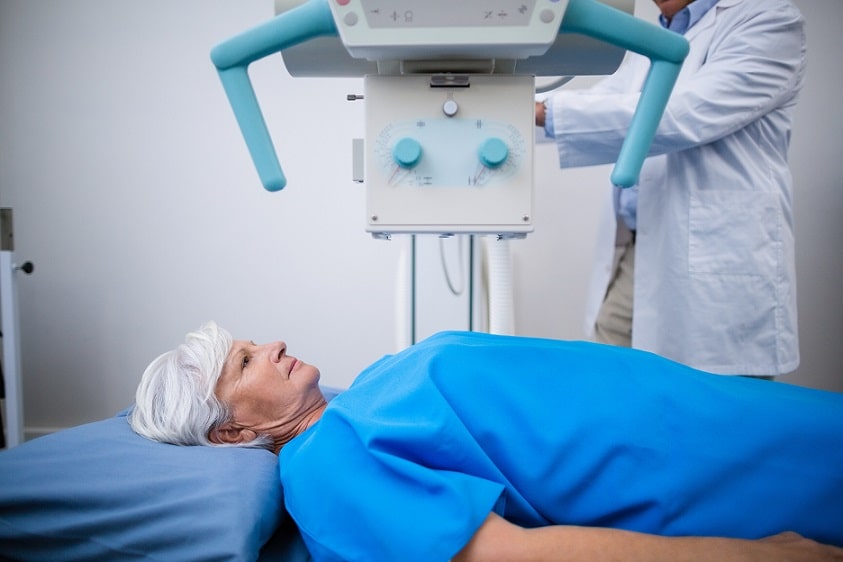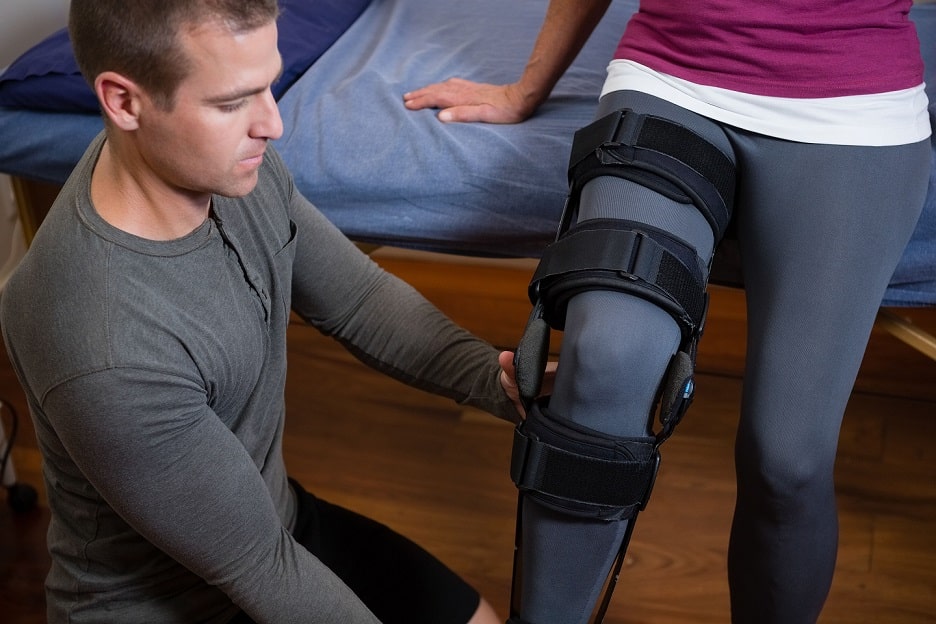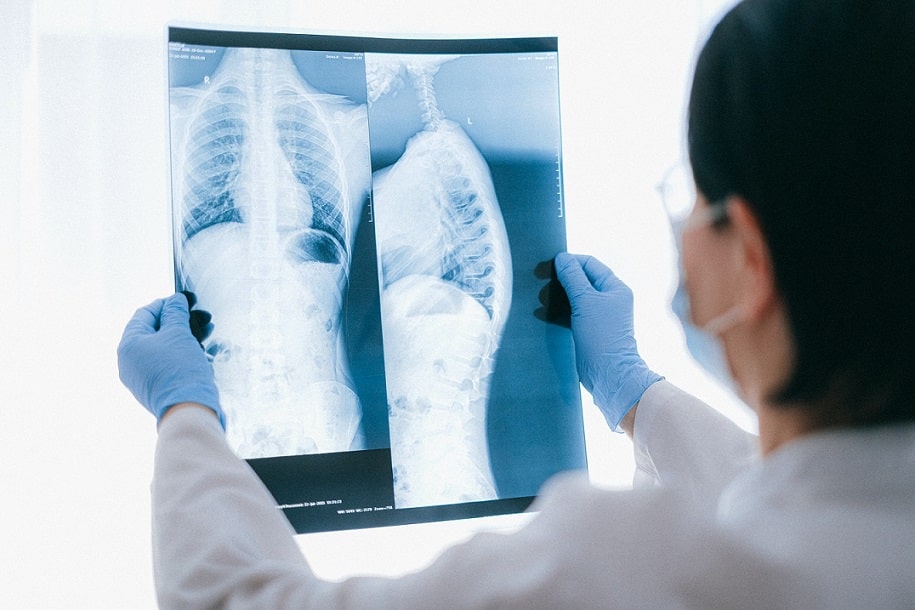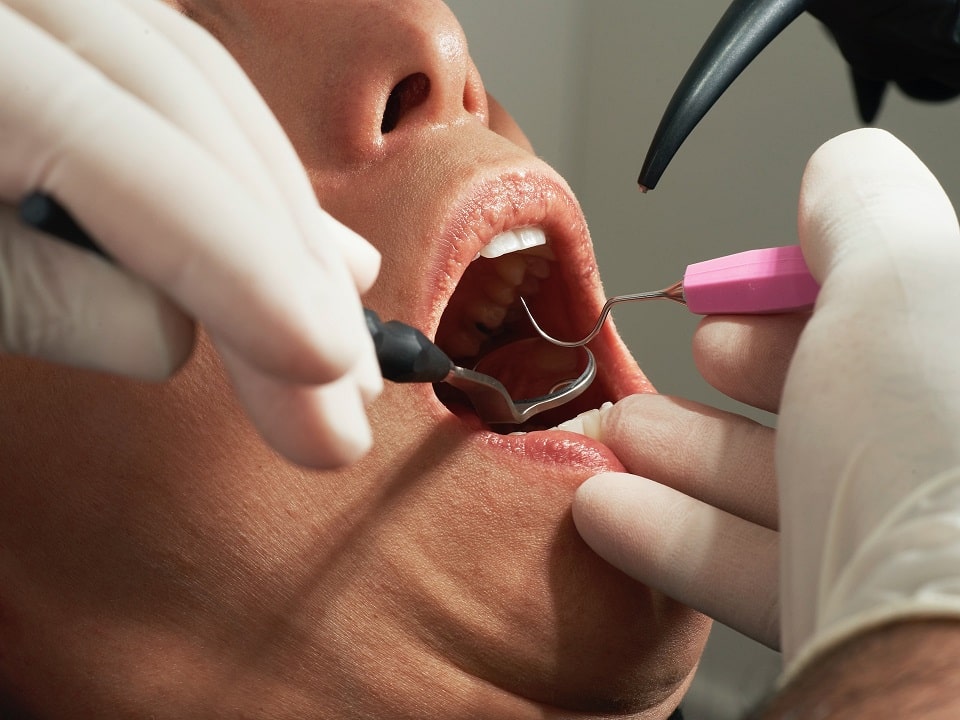 Working at height poses a great risk to safety, accounting for a quarter of all workplace deaths. Falling from a height is the one most common causes of an accident within the workplace causing minor/major injuries and fatalities. Of course most of the time the fall isn’t from a great height, with 70 per cent of all accidents being caused from falling from below head height.
Working at height poses a great risk to safety, accounting for a quarter of all workplace deaths. Falling from a height is the one most common causes of an accident within the workplace causing minor/major injuries and fatalities. Of course most of the time the fall isn’t from a great height, with 70 per cent of all accidents being caused from falling from below head height.
Injuries likely to be caused by falling from a height are as follows:
- Twist or swelling to the knees
- Sprained or broken limbs
- Back pain or slipped discs
- Soft tissues damage to the body area
The Working at Height Regulations 2005 were introduced to try and prevent accidents caused by a fall from height, and the regulations are to apply to anywhere where there is a risk of falling. The 2005 regulations set out that a height is to be defined as ‘any place, including a place at or below ground level‘, which liable to cause a personal injury.
The regulations place a duty on any employer, self employed person or building owner. Regulation 4 of the 2005 regulations, sets out that every employer ‘shall ensure that all work at height is properly planned; appropriately supervised; and carried out in manner which is so far as reasonably practicable safe‘. An employer has a duty to ensure that all work carried out at height is ultimately planned, supervised and safe.
Under Regulation 5 every employer also has a duty to ensure ‘that no person engages in any activity… unless he is competent to do so‘ therefore any employee working a height must be fully trained.
The 2005 regulations also set out that ‘Every employer shall ensure that work is not carried out at height where it is reasonably practicable to carry out the work safely otherwise than at height‘ An employer must eliminate any risk of falling, and only carry out work at height if absolutely necessary.
It is also the duty of the employer, as per regulation 6, to ‘so far as is reasonably practicable provide sufficient work equipment to minimise the distance and consequences‘. Therefore an employer would be expected to provide employees with safety nets and harnesses when working at a height. Any equipment which is provided to the employee must be properly maintained and inspected thoroughly.
It can be dangerous working at height, and falls can easily occur if the correct procedure is not followed; and / or if the correct equipment and training are not given. An employer is responsible for these and ultimately for your safety.
Have you had a fall that wasn’t your fault? If your employer has breached any of these regulations then you may be entitled to claim for compensation. Give us a call on our free helpline on 0800 634 75 75.

 Working at height poses a great risk to safety, accounting for a quarter of all workplace deaths. Falling from a height is the one most common causes of an accident within the workplace causing minor/major injuries and fatalities. Of course most of the time the fall isn’t from a great height, with 70 per cent of all accidents being caused from falling from below head height.
Working at height poses a great risk to safety, accounting for a quarter of all workplace deaths. Falling from a height is the one most common causes of an accident within the workplace causing minor/major injuries and fatalities. Of course most of the time the fall isn’t from a great height, with 70 per cent of all accidents being caused from falling from below head height.









